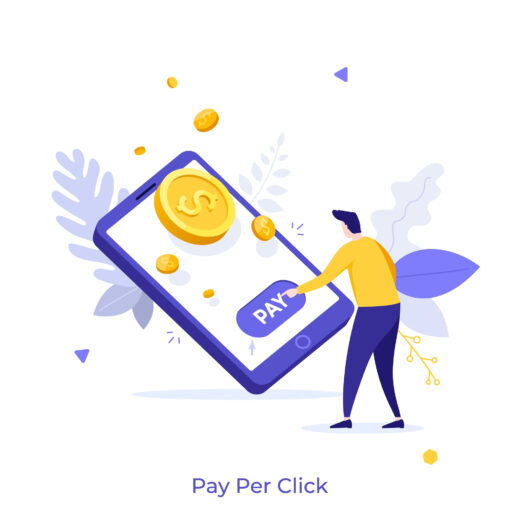Google’s SEO Guide: The New Approach to Ranking
Google’s 2014 quality guidelines have been leaked; the 160-page document explains how page quality is determined and what a page needs to do to fulfil the raters’ quality requirements. The document has been leaked repeatedly – in 2008, 2011, and 2012 – so many times, in fact, that they considered going public with it and finally released it in 2013. However, that version hasn’t been updated until now.
Most of the requirements are perfectly in line with Matt Cutts’ announcements and guidance provided by webmaster tools; content is still king, ads can still detract from usability, and fresh content will still help your site. But there are some pretty big differences too.
How to Get a Highest Quality Rating
Unless you have an extremely spammy or harmful site, it’s highly unlikely that you’d get a Low or Lowest quality rating. However, getting a Highest rating is quite challenging; if a site is on the cusp, Google has advised raters to give the site the lower rating to preserve standards and ensure that users are always getting a good experience.
High quality pages and sites must:
- Fulfill their purpose: if you’re meant to be informative, you have to inform; if you are meant to entertain, you to entertain. An information page that’s a pure sales pitch does not achieve its aim and misrepresents itself.
- Feature high quality content.
- Feature enough content to cover the topic: ‘enough’ depends on the subject itself, but anything under 250 words tends to be marked as thin content.
- Show Expertise, Authority, and Trust (E-A-T).
- Have a good reputation online: this includes positive articles about the brand, good reviews, and affiliations with government or accrediting bodies. SEOs used to think that a link is a link, but now if a link is from an article that portrays the brand in a negative light it actually counts against your reputation (even if it’s on an excellent site). The biggest difference is that humans are reviewing your reputation, not just machines.
- Have a functional design that makes content easy to find.
- Be regularly maintained to remove spammy comments and to update content.
Reputation Matters – a Lot
Even if you have excellent content, a functional design, thousands of quality back links, on going maintenance, and fresh content, a poor reputation will prevent you from gaining the highest quality ratings. The online and offline words are merging, and with human raters it means that your brand can’t escape its reputation.
Google does understand that SMEs don’t have the same online presence as larger brands, so if you don’t actually have an online reputation (no reviews and no press) you can still achieve high ratings. But if your reputation is poor, it will affect your rankings.
Design Does Affect SEO
While prettiness isn’t a factor, ease of use is. Google want to provide the best possible experience for their users, so you need to ensure that your content is easily accessible. Put simply, your text needs to be ‘front and centre’ and your ads need to be clearly marked and out of the way of your main content. Ideally, you should avoid placing ads on your site if you are making money another way. If advertising is a key part of your strategy, make sure that they’re of a good quality, clearly marked, and that you offer quality content with ads as an addition (rather than adds with some content thrown in).
Site Maintenance is Essential
Some sites need to be maintained more than others. If you’re running a personal blog with family photos, you don’t need to update very regularly. If you run an accountancy firm with a news page that features industry news, you will need to provide updates on a regular basis. Again, a human touch means that you can’t simply automate updates and hope for the best; if your site doesn’t feel fresh to the rater, it will be marked down. Broken links, spammy comments, and outdated copyright notices all contribute to this decision.
Unresponsive Sites are Being Pushed Out of Search
In addition to Page Quality, Google are hiring rates to look at Utility (usefulness) of your site vs. certain queries. As part of this process, they’re assessing the mobile experience of your site. Sites are ranked from Vital (ie. someone entering that search query will definitely want to see the result) to Off-Topic/Useless (ie, the result is either irrelevant or gibberish). A good site can still be Off-Topic if it’s just not relevant to the search query (a pizza takeaway in New York is no use to someone trying to get a pizza in Dublin).
Part of the instructions to raters ask them to deal with poorly optimised sites by giving them a maximum of an SR rating (Slightly Relevant). In short, unresponsive sites will rank below responsive ones.
Be Relevant
Utility ratings are mainly looking at relevance to search queries. While a lot of websites and pages make promises, it’s essential that you fulfill those promises when people hit your page. Having your site assessed by a human rater means that keywords aren’t enough.
No More Games
It’s been a long time since SEO Managers could game Google or trick the search engine into believing that a site featured quality content when it didn’t. The days of white on white text and 600 forum links per day are long gone, but this guide takes it up yet another level. SEO must be ethical, intelligent, and robust if it’s going to work. It’s not about creating sites for search engines any more, it’s just about the users.






